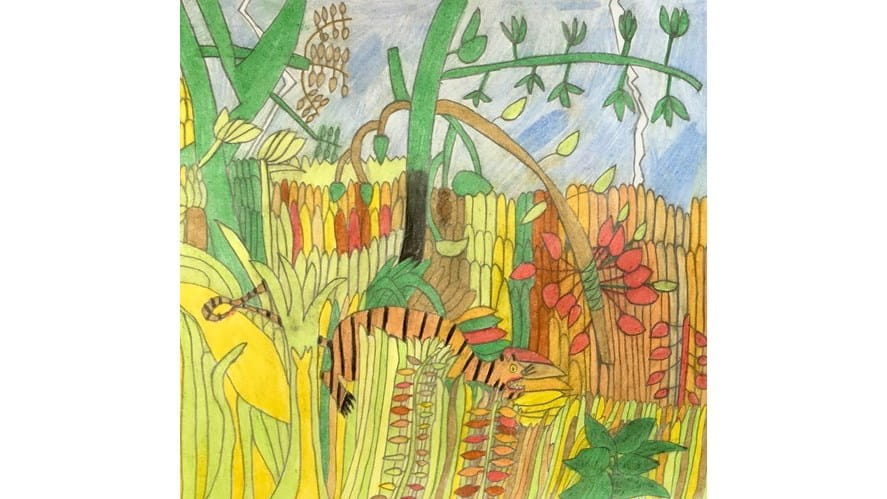We use cookies to improve your online experiences. To learn more and choose your cookies options, please refer to our cookie policy.

This week Year 12 Art students from St Andrews International School Bangkok visited the Bangkok Art Biennale at the BACC and Josh from SI reflects on how he embraced a growth mindset in his art practice.
On Thursday 6 December, Year 12 Art students visited the Bangkok Art Biennale at the Bangkok Art and Culture Center. The purpose of the trip was to introduce students to a contemporary artwork experience. It was a great opportunity to see in person a diverse collection of artworks by both local and internationally-renowned artists and gather valuable information for their process portfolio. Students enjoyed their time exploring the wonders of contemporary art through art analysis, drawing and photographing primary sources for their coursework.
The understanding process in the art practice is neither a matter of perception nor a feeling, and much less of having an innate talent. These widespread misconceptions are in fact on the opposite pole of the nature of the art making practice. The art practice involves a mindset in which risks and mistakes are seen as learning opportunities. How can students be committed to their art practice by embracing a growth mindset? The blind contour method is a great exercise to push students out of their comfort zone. It involves careful observation of the outline/edge and shapes of a subject while slowly drawing its contours in a continuous line without looking at the paper. Hence, they are forced to draw what they actually see without misleading assumptions. Josh, an IB Visual Arts student in Year 12 reflects on how he faced a drawing challenge in the art lesson.
‘As a photographer when I’ve picked Visual Arts I thought I would be working mainly with photography, I didn’t expect to do any drawing. But I soon realised I was wrong. In my last art assignment, students were asked to do an exhaustive study of an object which included a series of blind contour drawings and observational drawings. Initially, I didn’t know where to start and I was scared because I had very little drawing experience. Especially in the blind contour drawing, I could not help looking at the paper instead of looking at the object. However, with time I am becoming more confident in drawing what I'm seeing instead of what I think I'm seeing. The motivation and encouragement from fellow classmates and the teacher has helped me to overcome my fixed minded idea that I couldn’t draw. I have been practicing different drawing techniques and getting more creative with my artwork. I started listening to feedback with a positive attitude as I want to further improve my artworks and ensure they are completed to my highest ability. I believe that to improve as an artist it is important to have a desire to succeed, learn from previous mistakes and embrace future challenges. Practice makes perfection.’
The last ‘Artist of the Week’ award of 2018 this week goes to Poon Kititarakul in Year 7. Poon’s work is inspired by artist Henri Rousseau. The piece is titled “The Bright and Colourful Scared Tiger in a Forest” and is beautifully drawn with strong colour and pattern.